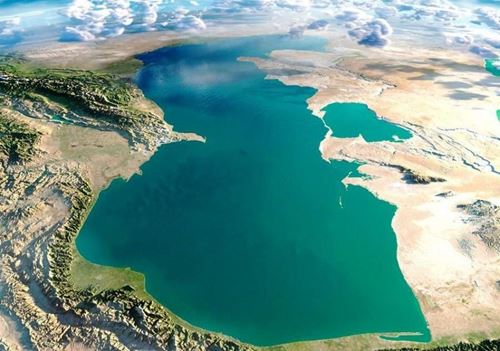 A noter / Autour de la Préhistoire
A noter / Autour de la Préhistoire 

Congrès, colloques, réunions
Новые данные по переходу от финального плейстоцена к раннему голоцену на территории Южного Прикаспия
6th-8th April 2020
Novosibirsk - Institute of Archaeology and Ethnography of the Russian Academy of Sciences
International conference
Archaeological evidence from the Levant shows that the transition to farming is rooted in more than 10,000 years of gradual technological and cultural innovations, which led communities to switch from a foraging economy to sedentism and food production (Fuller et al., 2012; Maher et al., 2012; Riehl et al., 2013). In the Near East, archaeobotanical and zooarchaeological data show that initial domestication goes back to at least 11,500 years ago and emerged independently in different parts of the Fertile Crescent (Fuller et al., 2011; Zeder, 2011). From there, farming technologies and domesticated plant and animal species diffused westward across Europe (Zeder, 2008) and eastward through the northern Zagros (Naderi et al., 2007) and the Iranian Central Plateau (Vahdati Nasab et al., 2019). The timing and processes by which the farming technologies spread beyond those regions toward West Central Asia are much more blurred. Studies on the Fertile Crescent have revealed a combination of cultural diffusion, along with some degree of demic diffusion between farmers and herders in these areas (Brown et al., 2009). We can therefore expect that similar diversified cultural and population events occurred in the eastern regions. [...]
Via




